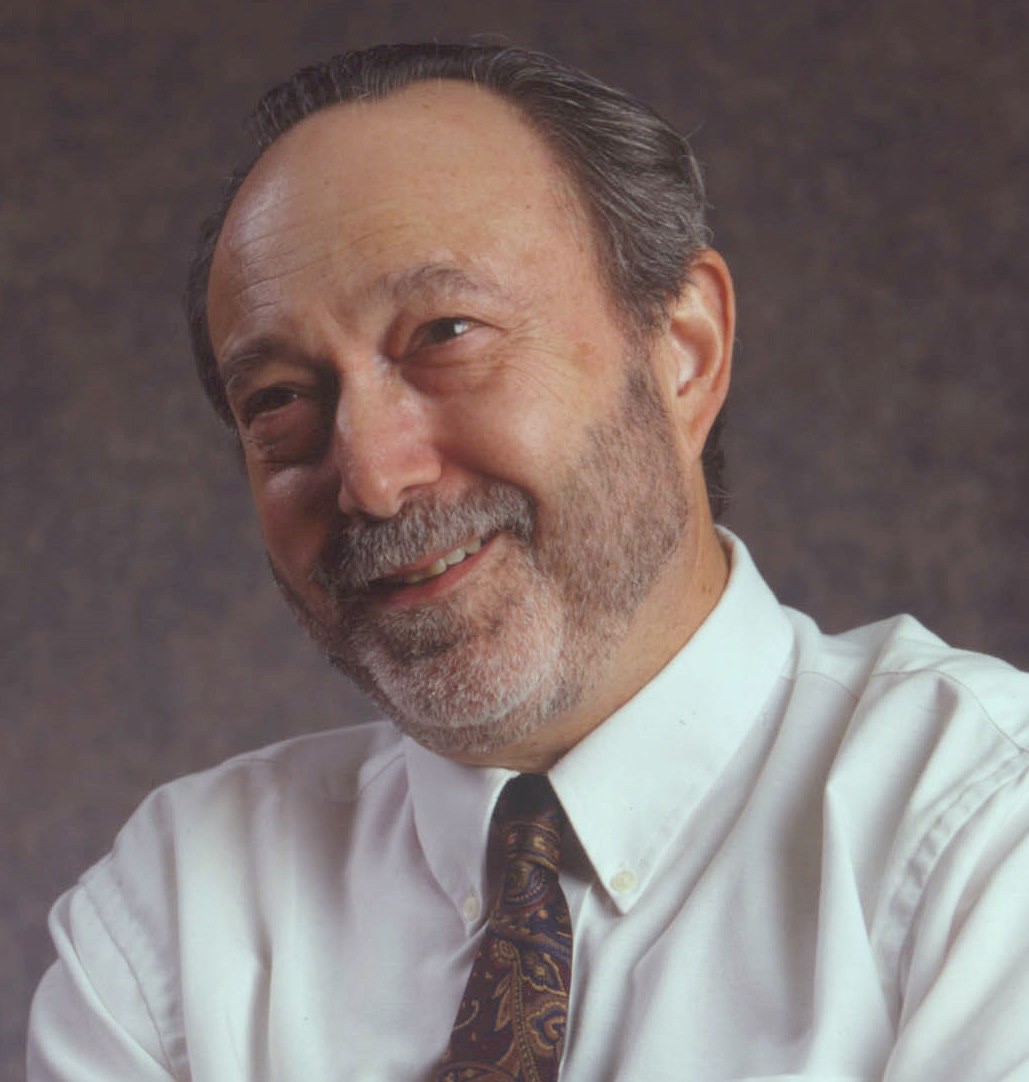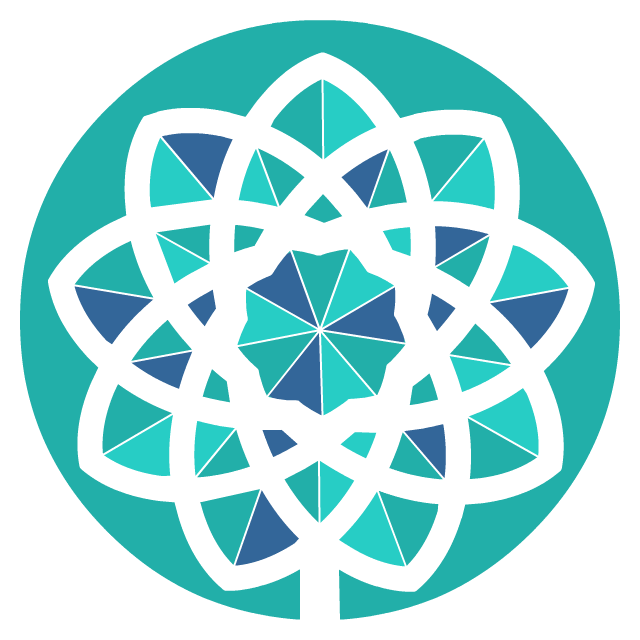Somatic Approaches Offer Lasting Relief
For more than 20 years, I have been accompanying teenagers, adults and families in their healing process using the latest discoveries in psychology and neuroscience.
My professional experience includes the follow-up of patients in emergency, intensive care and palliative care units in the United States, a period with the International Committee of the Red Cross (ICRC) and close collaboration with physicians and psychiatrists in delegated therapy in Switzerland.
I specialise in accompanying people as they cope with change, move through major and minor life events, and face illness, loss, grief, separation or death.

If you want to change the world, start by making people feel safer.
~ Stephen Porges,
known for Polyvagal Theory
Approach
I favour a systemic approach to therapy because it places the individual, the family and even society in a broader context. In Switzerland, I was trained in this approach with neuropsychiatrist Mony Elkaïm, founder of the European Association for Family Therapy. In continuing education, I learned various body therapies such as Somatic Experiencing (SE), EMDR, Trauma Releasing Exercises (TRE), Forbrain and the Tomatis Method.
FAQs
Trauma and Stress
Think of an event or situation that really affected you. What did you say to yourself at the time? How did you react in the weeks, months or years that followed?
- I was so scared! I thought I (or s/he) was going to die.
- I remember the accident like it was yesterday.
- Those feelings (scenes) keep coming back.
- It was so awful! I was helpless. I couldn’t do anything to save her!
- I haven’t been able to sleep well since…
- I just can’t stay in a relationship. It feels uncomfortable when s/he gets too close.
How we felt when we experienced a horrific incident - or when someone close to us was affected - is often an accurate indicator of the risk of suffering physically, emotionally and/or spiritually. Even when a person is too young to remember, or their mind refuses to store terrible memories, often it is the body that carries the burden and expresses it in distress and disease.
Consult your doctor if you experience these, or any other, such symptoms because they may also present in people who are subject to chronic stress, sleep deprivation, the wrong medicaments or incorrect dosages, heavy metal poisoning and certain psychological illnesses.
Body-Based Therapies
For more than 20 years, I have accompanied adolescents, adults and families in their healing processes using body-based approaches to therapy such as Somatic Experiencing (SE), EMDR, Trauma Releasing Exercises (TRE), as well as effective tools like Forbrain and Safe and Sound Protocol (SSP).
Combined with talking therapies, somatic or body-based therapies have proven remarkably effective, especially for people who have experienced trauma. The main goal of somatic therapy is to recognise and release the physical tensions that may remain in the body following a traumatic experience. In one study, eight months after tsunami survivors received somatic therapy, "90% of participants reported significant improvement or no symptoms of intrusion, arousal, and avoidance" (Parker, Doctor, & Selvam 2008). Some leading experts hold that somatic approaches are more effective and even essential to trauma recovery (Khan 2014).
References
Khan, K. (2014) How Somatic Therapy Can Help Patients Suffering from Psychological Trauma. Monitor on Psychology. Retrieved from psychcentral.com
Parker, C., Doctor, R., & Selvam, R., (2008) Somatic Therapy Treatment Effects With Tsunami Survivors. Traumatology. 14 (3), 103-109.
Learn more: Somatic Experiencing (SE)
Learn more: EMDR
- Reported Benefits Include:
- Less Worry & Anxiety
- Reduces Symptoms of PTSD
- More Energy & Endurance
- Improved Marital Relationships
- Less Workplace Stress
- Better Sleep
- Less Relationship Conflict
- Reduced Muscle & Back Pain
- Increased Flexibility
- Greater Emotional Resiliency
- Decreases Symptoms of Vicarious Trauma
- Healing of Old Injuries
- Lessened Anxiety surrounding Serious Illness
- Relief from Chronic Medical Conditions.
Learn more: Tension and Trauma Releasing Exercises (TRE)
Forbrain® is a headset type device that is focused on improving auditory processing, sensory integration, speech fluency pronunciation, sound discrimination, memory, reading, writing, speech and other related functions of the brain. By promoting air and bone conduction hearing the headset stimulates the brain in a natural way. The therapy consists of reading or speaking aloud for 10-20 mins a day to energise the voice and improve:
- Focus and attention to be more productive
- Memorize lessons better and faster
- Improve reading, fluency, and confidence in speaking.
See section on Forbrain on this website.
The Safe and Sound Protocol is a therapeutic model based on physiological state. It was developed by Dr. Stephen Porges, as a five-day auditory intervention designed to reduce stress and auditory sensitivity while enhancing social engagement and resilience. Based on Dr. Porges’ Polyvagal Theory, it intervenes by calming the physiological and emotional state, thus opening the way for improved communication, connection with others and a more successful therapy.
Research reveals that SSP give significant results in just five days in the following areas:
- Social and emotional difficulties
- Auditory sensitivities
- Anxiety and trauma related challenges
- Inattention
- Stressors that impact social engagement.
Learn more: Safe and Sound Protocol (SSP)


